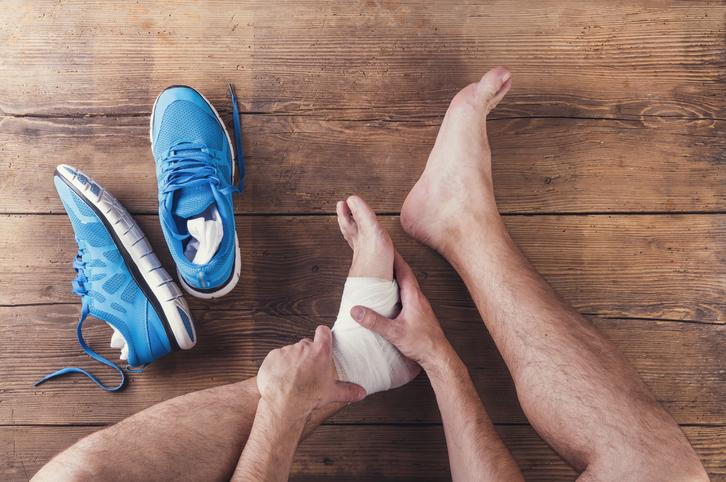The Aches and Pains of Running
posted: Jul. 05, 2017.

If you are a runner, then you know how hard your body works, putting it at risk of injuries. You should prepare yourself for those injuries, and prevent them if you can.
Here are some of the most common pains and aches that a lot of runners experience:
ACHILLES TENDONITIS
This may be caused by constant uphill running and shifting from high-heeled shoes to running shoes, as well as a really aggressive pace – meaning you’re running too fast for too long and too often. Achilles tendonitis is felt on the lower back calf muscles. You’d feel a dull ache, stiffness, and pain that is more prevalent in the morning. It would be wise to reduce mileage or even avoid running until the pain is gone.
BLISTERS
Blisters are caused by friction, shoes that are too small, sweaty feet, or some foot abnormalities like bunions, hammertoes, and heel spurs, among others. Blisters often appear on spots where your socks or shoes rub directly against your skin. To prevent blisters, make sure that you’re wearing shoes with a good fit. Get yourself socks that are made specifically for running. You can also apply petroleum jelly on problem areas that are prone to blisters.
BUNIONS
Do you feel soreness or a painful ache beside your big toe joint? Is it associated a bulging bump? That is probably a bunion. Your big toe may also angle sharply in towards your other toes. If it becomes red and warm, make sure you consult us immediately. Bunions may be caused by high heels or any ill-fitting shoes. So make sure that you choose shoes with wide toe box to prevent this. To relieve pain, you may apply ice on the area.
PLANTAR FASCIITIS
If what you’re experiencing is a sharp pain in the heel during your first steps in the morning or at the end of the day, it could be plantar fasciitis. Prolonged standing, weight gain, the wrong shoes, over-pronation, and tight calf can all be the culprit. Make sure you always stretch before you go for a run. You can also get arch supports and night splints.
ILIOTIBIAL BAND SYNDROME (ITBS)
If the pain is on the outside of your upper leg or kneecap, you can try stretching that is specific for ITB. Reduce your mileage and hill work as well because this is often associated with running on roads or tracks with inclines. Aside from this, other causes may include supination, overuse, flat or rigid arches, weak buttock and pelvic muscles, and knee misalignment.
SHIN SPLINTS
When you are beginning a training program, you may feel pain, tenderness, and even a mild swelling on the inner part of your lower legs. This may also occur when you are training too intensively and wearing unsupported shoes. Shin splints are also more common in flat feet and flexible feet. Make sure you replace running shoes every 300 to 500 miles, stretch, apply ice and have sufficient arch support. If you have shin splints, have them treated as they can lead to tibial stress fractures.
If you experience any of these common runner injuries, you can always give us a call and we can help you with the right treatment